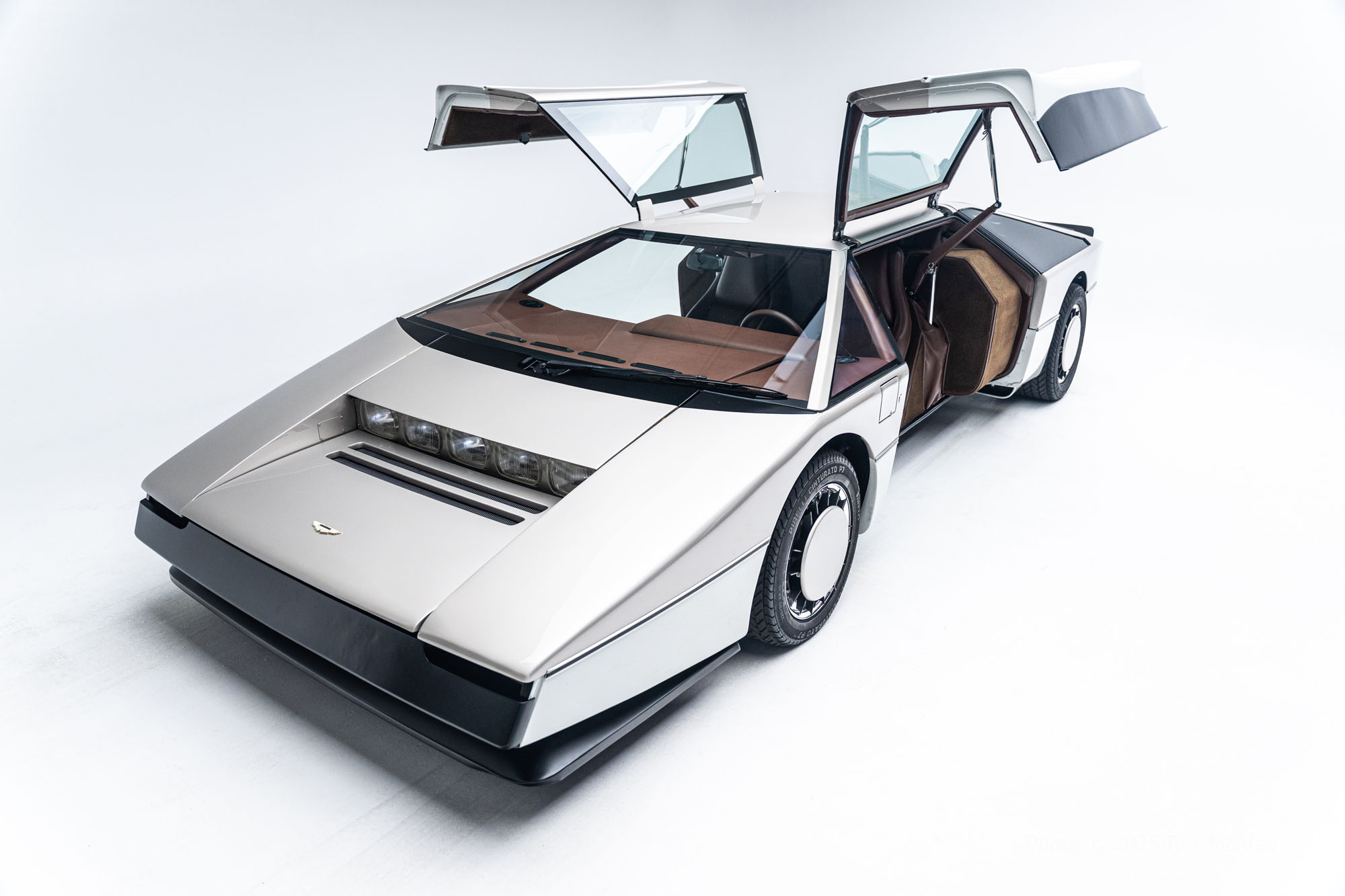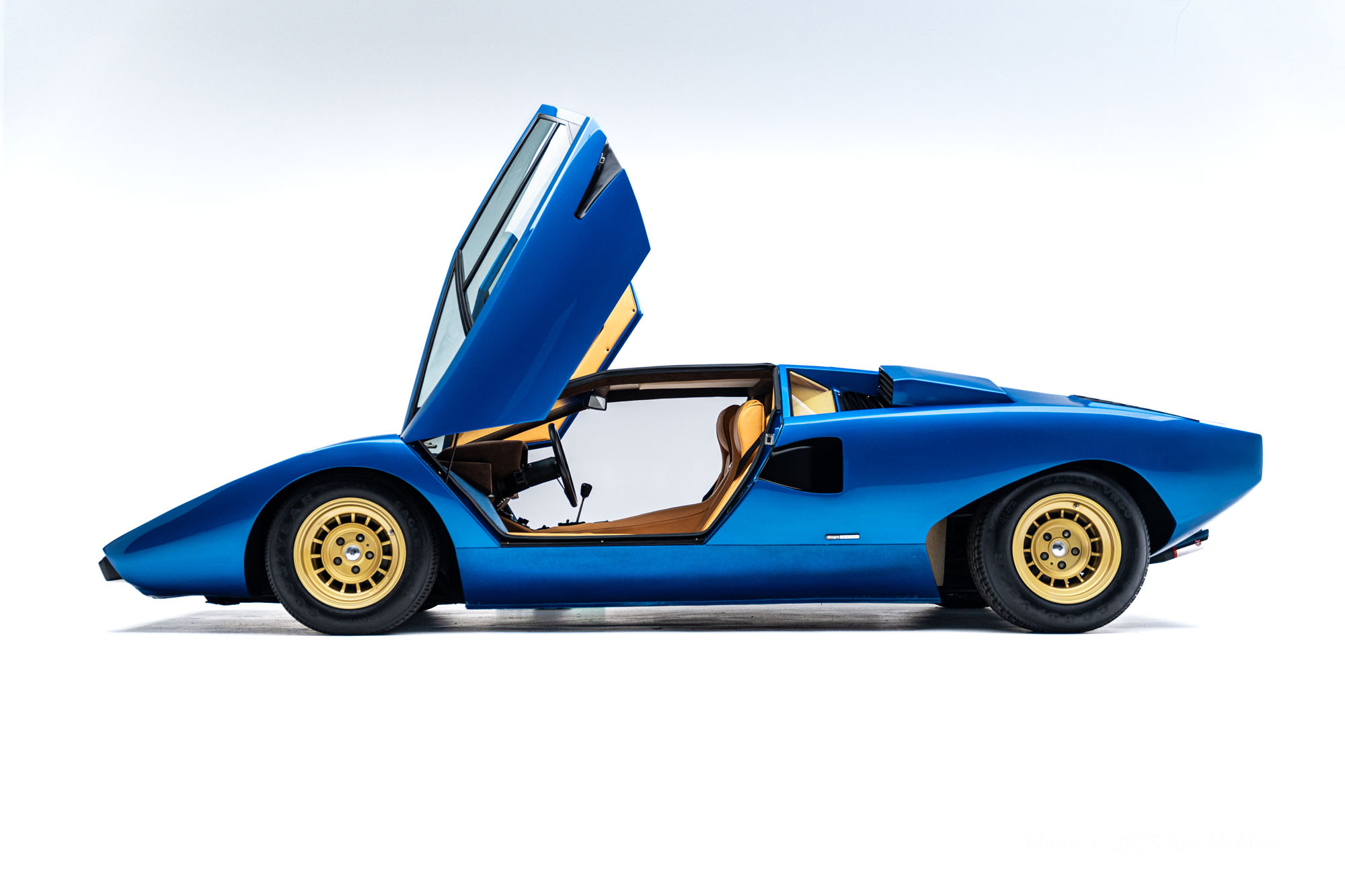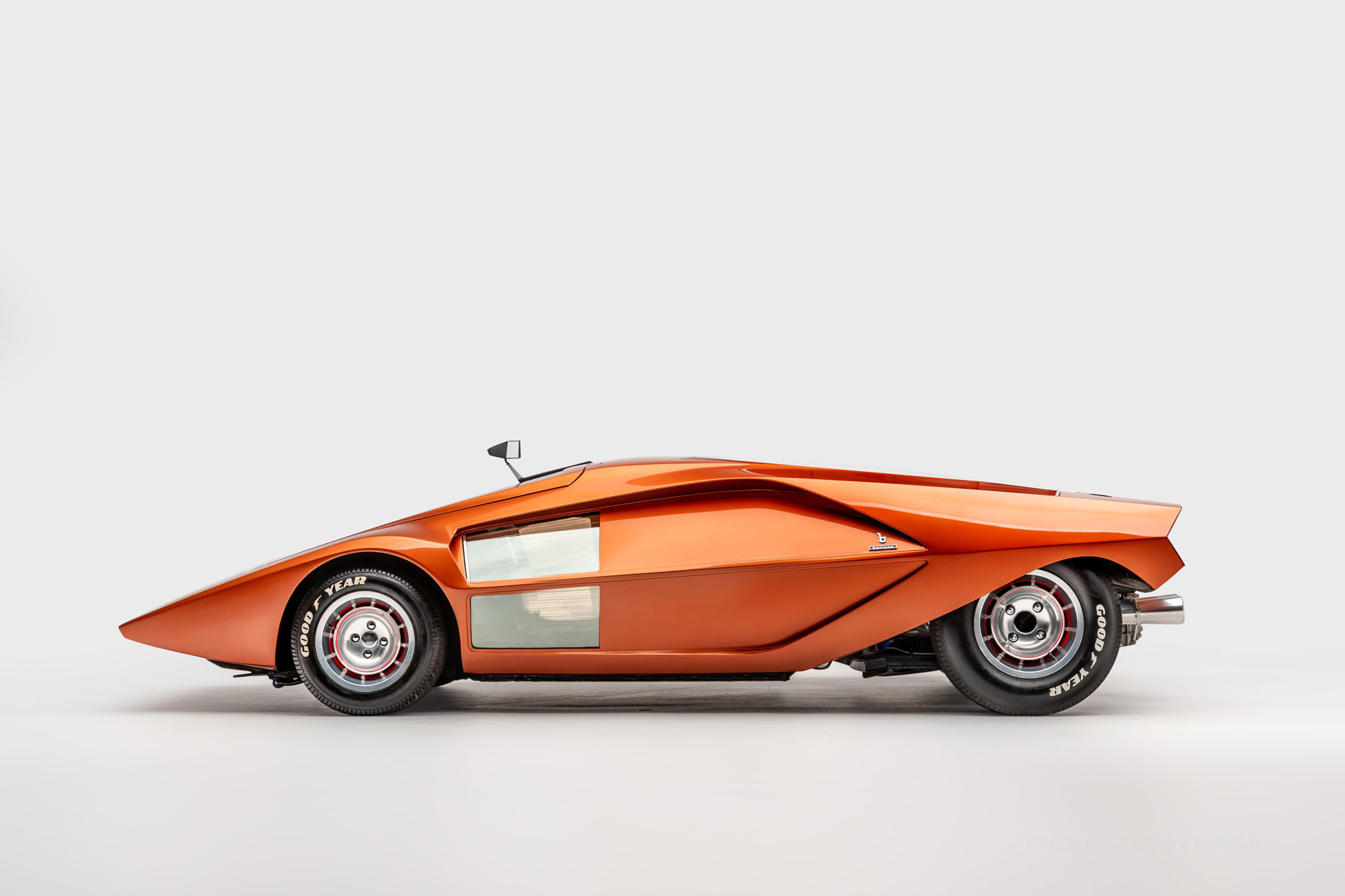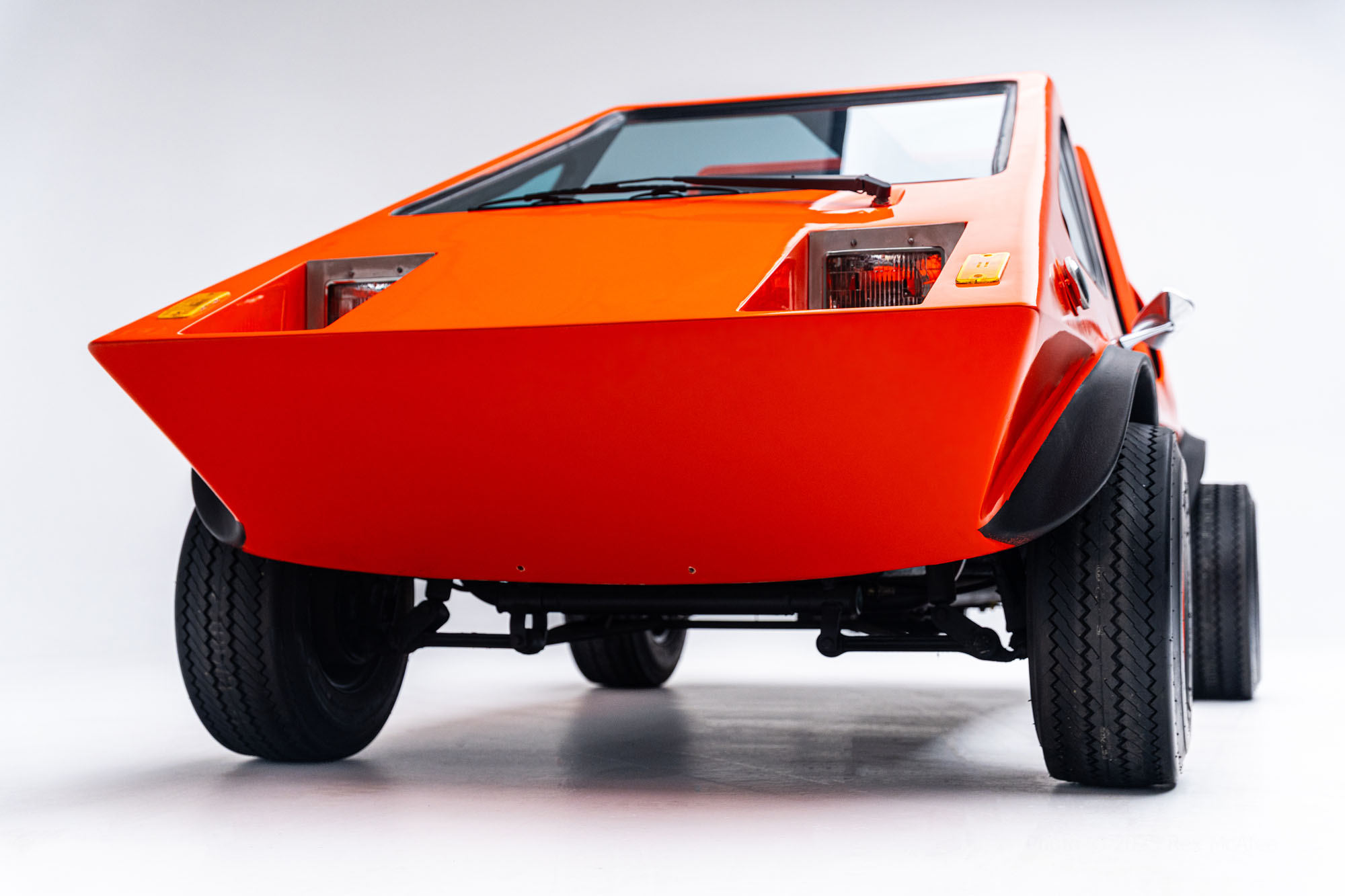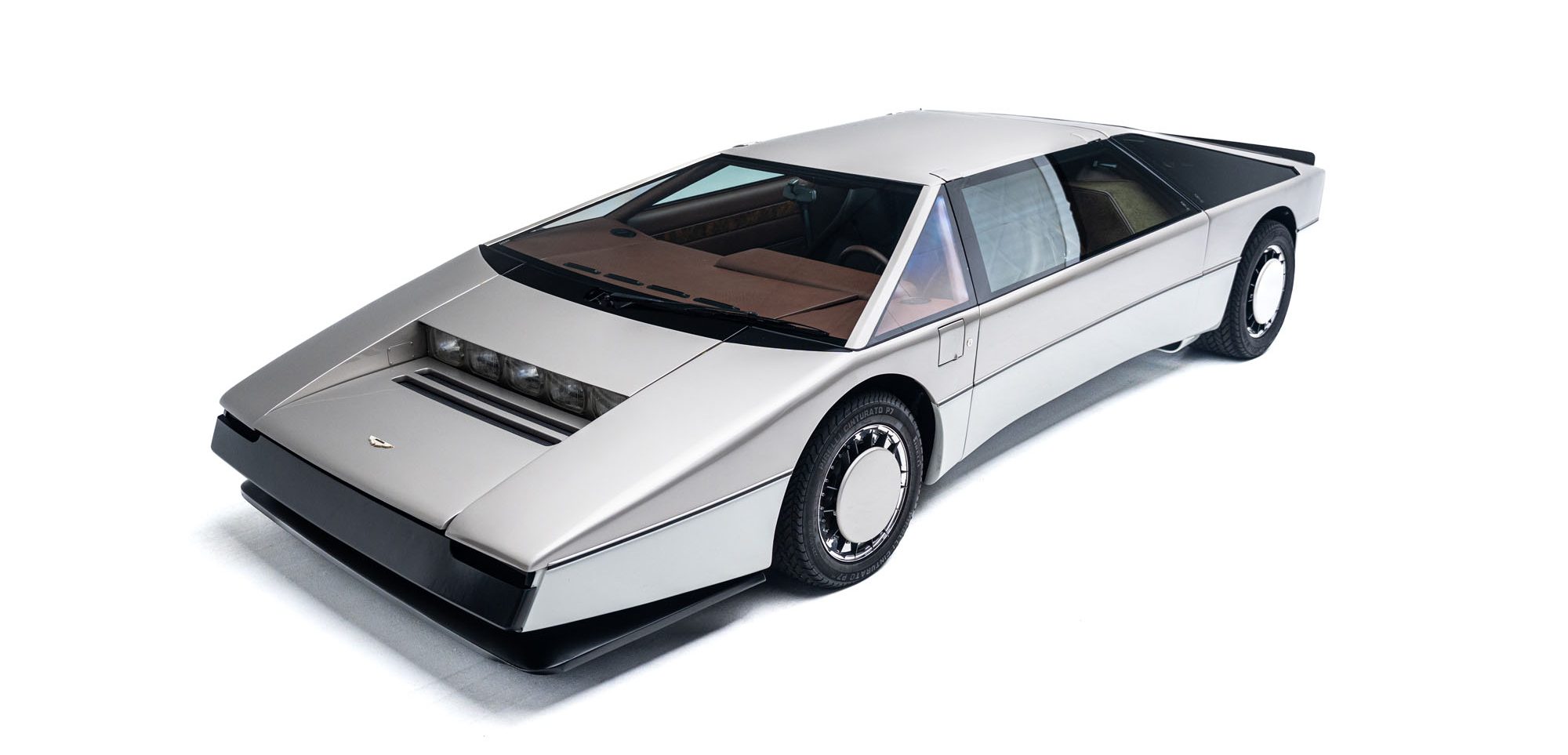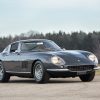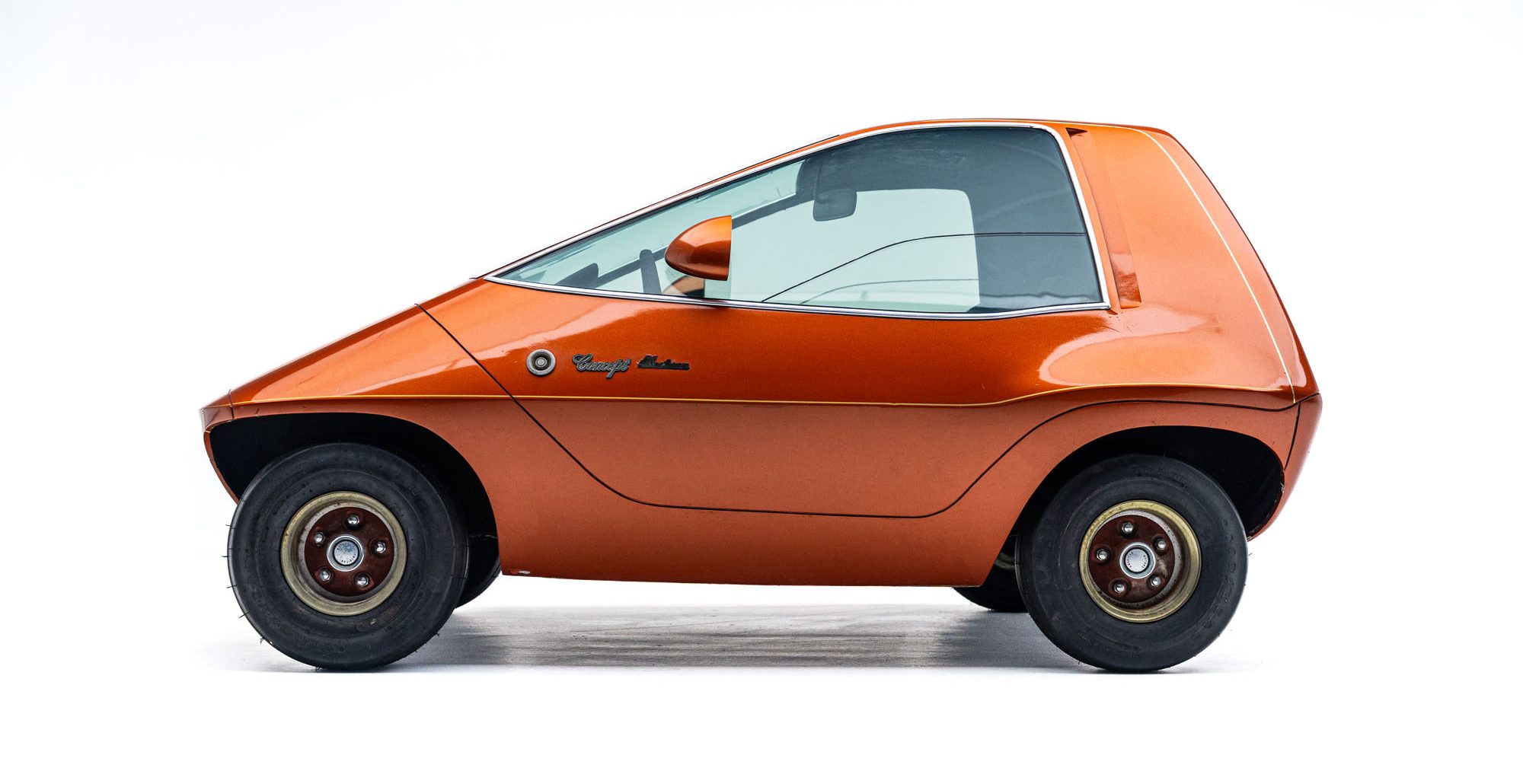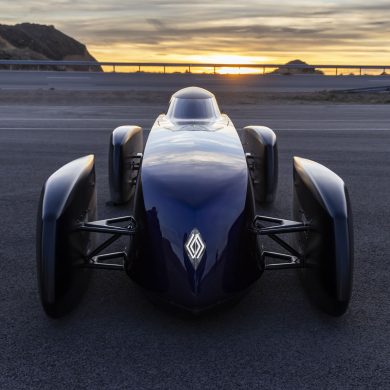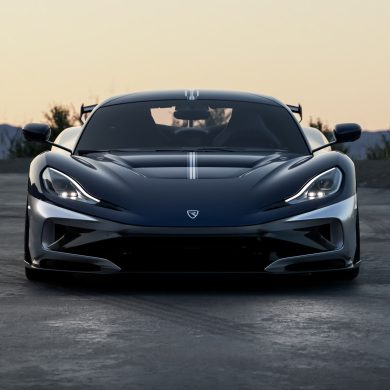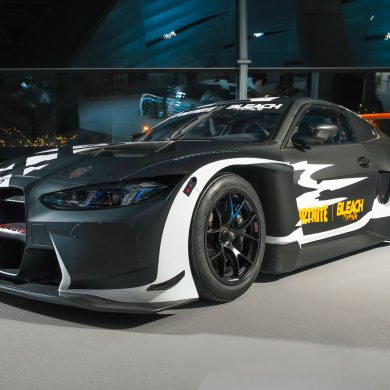Carving a New Path
The history of the automobile is full of high points and heydays: the formative brass era, the voluptuous streamline era, the fins of the space age, the lithe sports cars of the 1960s, the “Radwood” ’80s and ’90s, and the tech advancements of the 21st century. One stretch of time remains uncelebrated mainly because it was overshadowed by global events and safety developments that put a damper on automotive energy in much of the world.
This period—the 1970s (or, more broadly, 1965-1985)—was, in fact, a remarkable era of automotive design and the ultimate inverse reaction to the curvaceous and excessive styling so prevalent in the decades bracketing WW2. Eschewing the chrome and fins that dominated the cars of the late 50s and early 60s, influential designers in this period emphasized angular silhouettes and faceted planes, with body triangulation from front to rear in a style most commonly referred to as the “wedge.”
Located in the Sam and Emily Mann Design Gallery, the exhibit will explore the development and impact of wedge-shaped automotive designs from the 1960s through the 1980s. Co-curated by Franz von Holzhausen, Tesla’s chief designer, the exhibit will showcase these bold and angular styles and their influence on current automotive designs.
Highlighted vehicles include:
- 1966 Cannara I
- 1970 Lancia Stratos HF Zero
- 1974 Lamborghini Countach LP400 “Periscopio”
- 1979 Aston Martin Bulldog
- 1976 Chevrolet Aerovette
- etc
Public Opening:
- Saturday, August 2
Address:
- Petersen Automotive Museum
- 6060 Wilshire Blvd.
- Los Angeles, Calif. 90036
More Info
Go HERE


